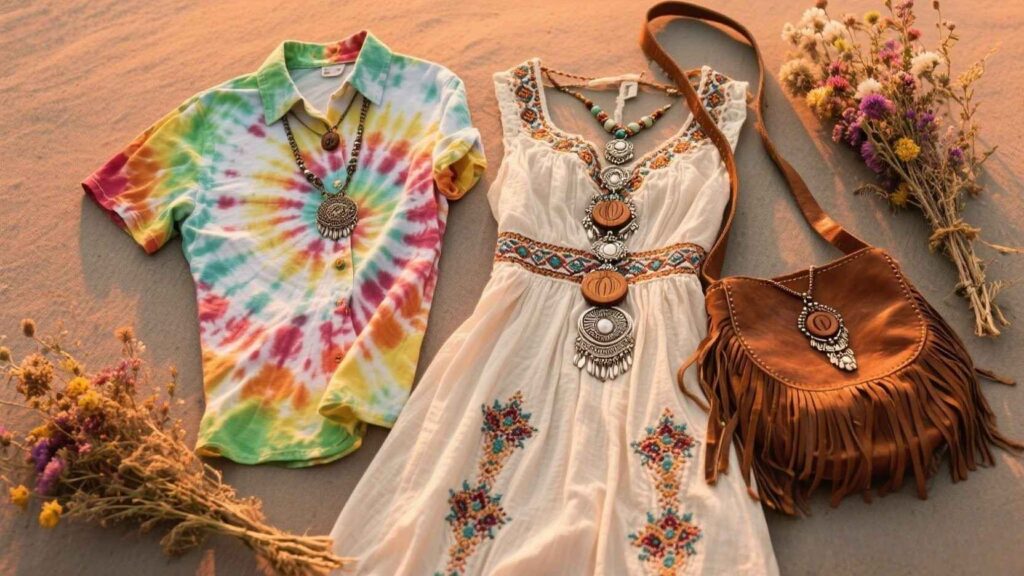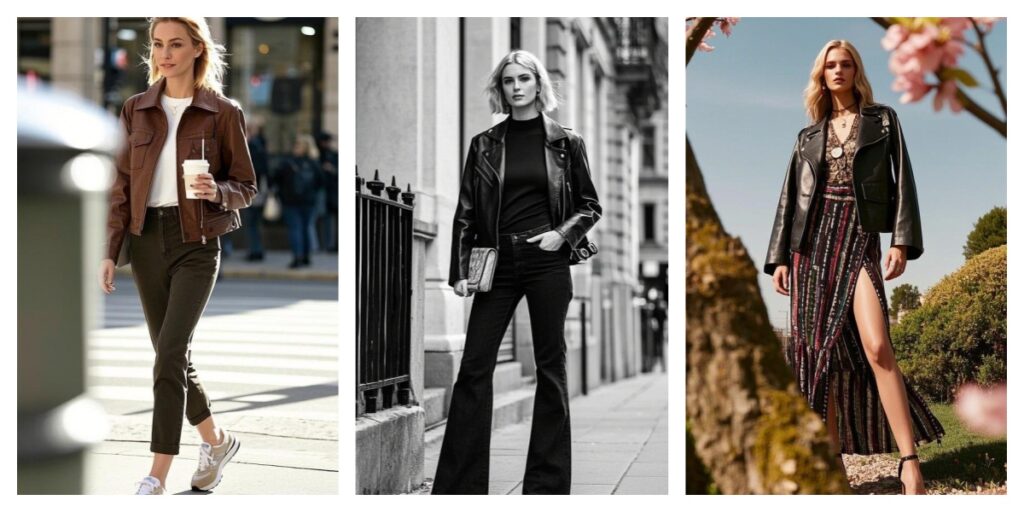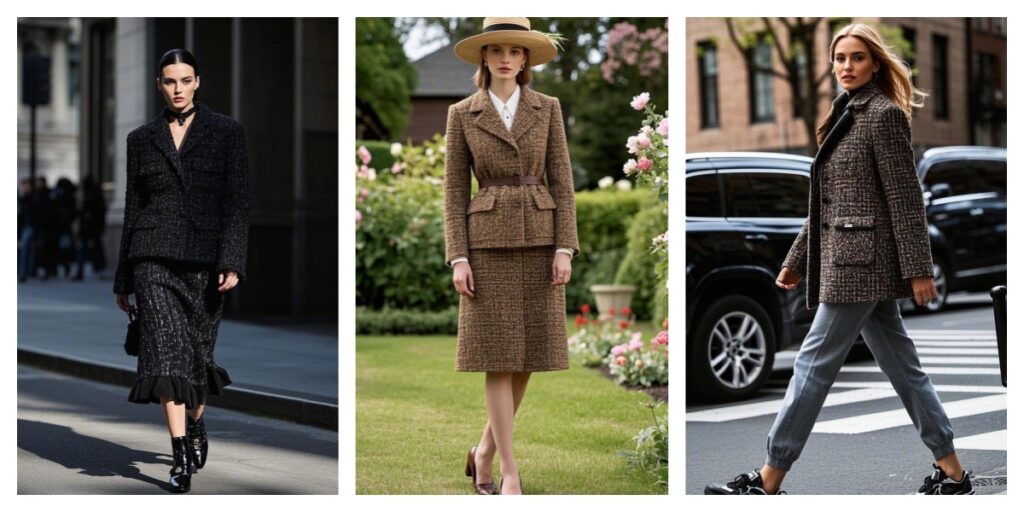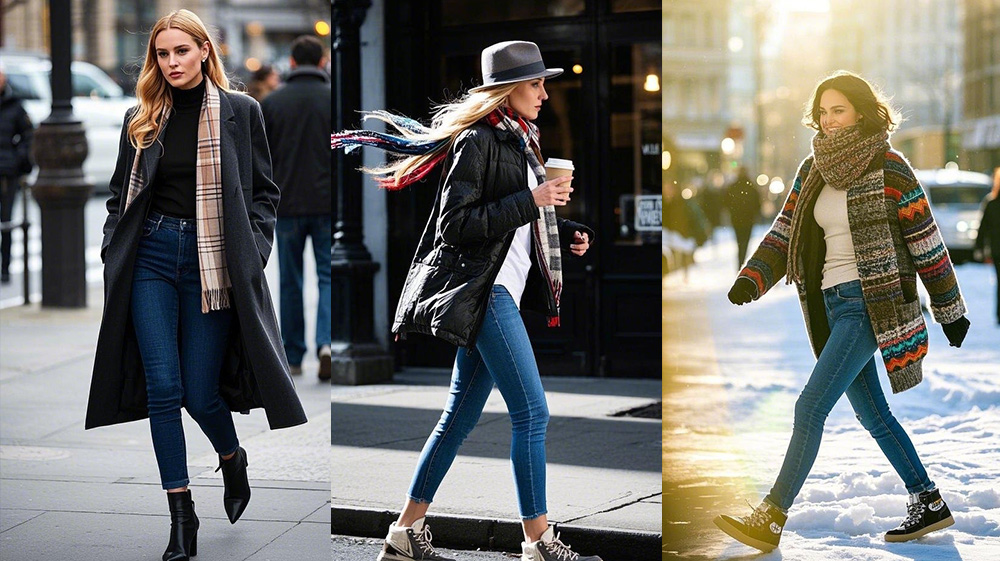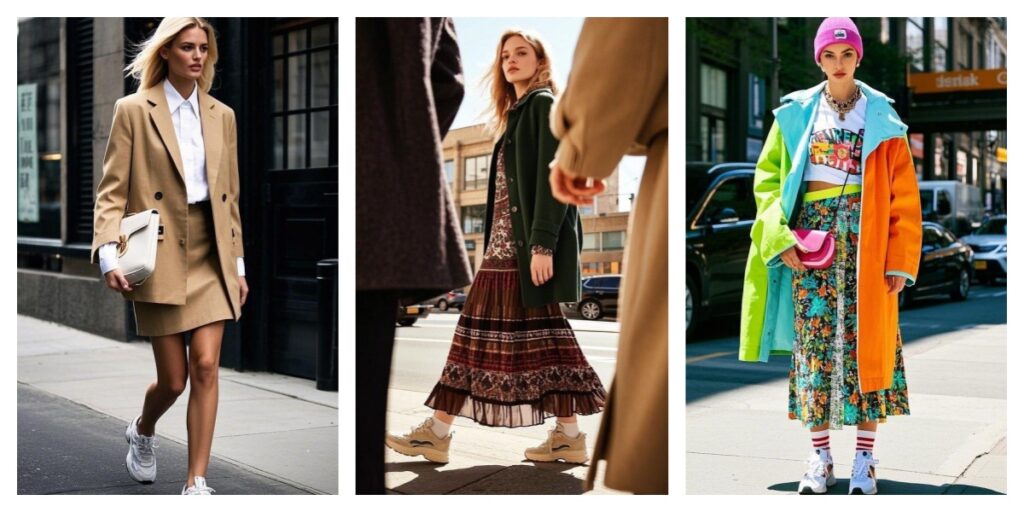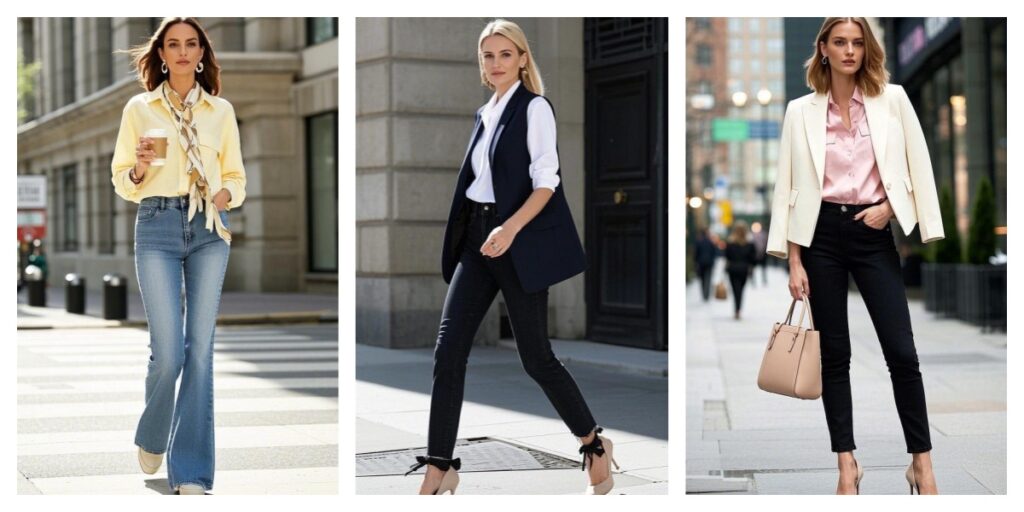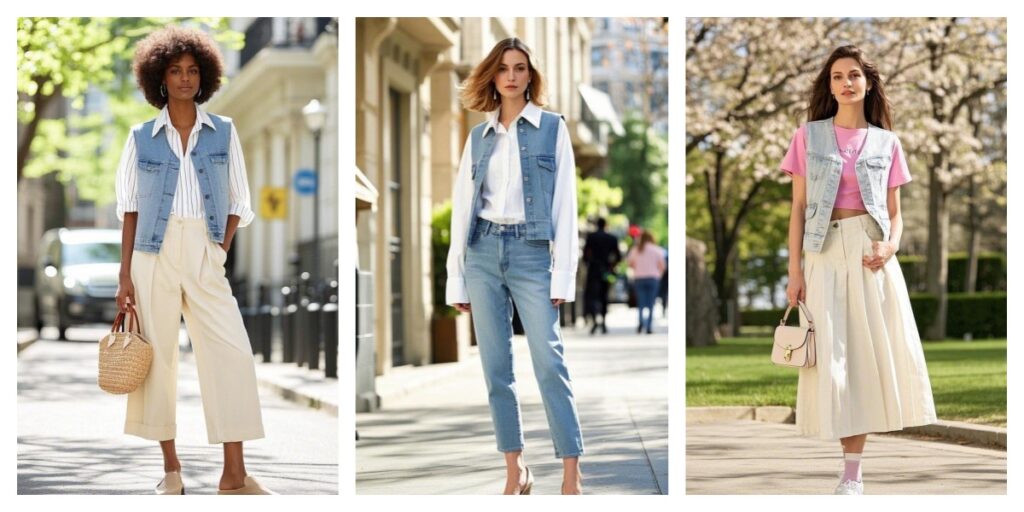Introduction
The resurgence of laid-back, vintage-inspired dressing has pushed free-spirited aesthetics back into the mainstream. On social media feeds and festival grounds alike, you’ll spot swirling tie-dye tees mingling with billowy embroidered gowns—proof that “hippie” and “boho” influences remain sartorial powerhouses. Yet the two terms are often treated as synonyms, blurring the line between peace-sign patches and prairie-lace trims. This article untangles that confusion by tracing each style’s roots, philosophies, hallmark pieces, and current-day evolutions. By the time you finish reading, you’ll recognize not only what makes hippie and boho fashion overlap but also the distinct stories they tell through color, texture, and attitude.
History and Cultural Origins
Hippie style sprouted in the late 1960s, nourished by the counterculture’s rejection of post-war conformity. Young activists protesting the Vietnam War and championing civil rights used clothing as a billboard for peace and unity. Tie-dye, once an obscure craft, turned into a rainbow manifesto; denim became a democratic fabric; and fringe jackets nodded to Native American solidarity. Each garment shouted, We are not part of the establishment.
Bohemian style, however, predates Woodstock by more than a century. The term “bohemian” surfaced in 19th-century Paris to describe artists and writers who flouted bourgeois rules in favor of creative freedom—think gypsy wanderers, Romantic poets, and Impressionist painters. They favored fluid silhouettes, Eastern embroideries, and artisanal handiwork gathered from their travels across Europe, North Africa, and beyond. Where hippie fashion emerged suddenly from political upheaval, boho style evolved gradually from artistic curiosity and global exploration.
Philosophy and Lifestyle Influence
Hippie fashion is inseparable from anti-establishment ideals. Wearing patched denim and recycled army jackets signaled opposition to consumerism and militarism. Going barefoot or choosing handcrafted leather sandals echoed environmental respect. Even color choices—psychedelic pinks, electric greens—mirrored the mind-expanding ethos of the era’s music and spiritual experimentation. Every wardrobe decision was a miniature protest.
Boho fashion channels a different type of freedom—one rooted in wanderlust and poetic self-expression. Its advocates romanticize travel, collect folk textiles, and decorate both bodies and homes with layered artifacts. Linen maxi skirts, crocheted tops, and filigree jewelry aren’t statements against society so much as love letters to world cultures and slow craftsmanship. Where hippie style pushes against rules, boho style drifts beyond them, guided by creativity rather than defiance.

Core Fashion Elements
Hippie Staples
- Fabrics & Textures: heavy denim, homespun cotton, raw leather, recycled army surplus
- Silhouettes: bell-bottom jeans, oversized ponchos, fringed vests, patchwork skirts
- Color Palette: saturated primaries, earthy browns and greens punctuated by vibrant tie-dye swirls
Boho Staples
- Fabrics & Textures: gauzy chiffon, lightweight linen, macramé, ornate lace, hand-loomed wool
- Silhouettes: floor-skimming maxi dresses, peasant blouses, kimono wraps, wide-leg palazzo pants
- Color Palette: muted neutrals—sand, ivory, dusk rose—brought to life with embroidered jewel tones and metallic thread
While both styles embrace comfort and natural fibers, hippie dressing skews bolder and rawer, whereas boho wardrobes lean ethereal and layered, like visual poetry in motion.

Accessories and Footwear
Hippies favored accessories that served as activist shorthand. Circular John Lennon sunglasses, hand-painted peace sign pendants, and daisy flower crowns broadcasted anti-war messages without uttering a word. Footwear was optional: many walked barefoot, while others slipped into moccasins or beat-up canvas shoes, underscoring a back-to-earth mentality.
Boho accessorizing is subtler but richer in storytelling. Stacks of bangles collected from global bazaars chime softly with every gesture. Oversized scarves substitute for jackets, and slouchy woven totes hold sketchbooks or vintage cameras. Leather ankle boots with a lived-in patina ground the look, hinting at a traveler’s many miles rather than a protester’s picket line.
Patterns and Textures
Hippie prints exploded with symbolism: swirling mandalas evoked Eastern spirituality, paisley teardrops referenced Indian textiles, and neon kaleidoscopes echoed psychedelic concert posters. Texturally, the movement embraced rough edges—raw denim seams, hand-dyed blotches, and fringes left untrimmed—mirroring the era’s call to tear down societal polish.
Boho patterns feel more curated and eclectic. Delicate florals mingle with Anatolian kilim motifs, while ikat stripes sit beside dainty eyelet lace. Patchwork appears here too, but in softer hues and meticulous quilting. Texture becomes a tactile travelogue: each panel might recall a Moroccan souk, Provençal countryside, or Balinese beach, stitched together like stamps in a well-worn passport.
Modern Interpretations and Fashion Trends
Today, hippie fashion experiences cyclical revivals. Music festivals such as Coachella transform desert dust into a sea of rainbow crochet tops, flared jeans, and glitter cheeks. Vintage resale apps make it easy to reclaim original ’70s Levi’s or suede fringe jackets, giving newcomers a tangible slice of counterculture history. Designers occasionally stage full psychedelic collections, but hippie pieces mostly surface as bold accents—one tie-dye hoodie brightening a streetwear set, or a Grateful Dead patch adorning a high-fashion denim jacket.
Boho style, on the other hand, has stretched beyond seasonal comebacks into a perennial lifestyle category. Home décor channels “boho chic” through rattan furniture, macramé wall art, and kilim-patterned pillows. Fashion labels churn out year-round lines of flowy printed dresses, crochet bikini tops, and lace kimonos—pieces that migrate seamlessly from beach vacations to backyard brunches. Influencers often blend boho’s neutral earthiness with minimalist wardrobes, proving the look can be equal parts enchanting and practical.

Key Differences at a Glance
| Aspect | Hippie Style | Boho Style |
|---|---|---|
| Origins | 1960s U.S. counterculture | 19th-century European artistic circles |
| Core Motivation | Protest, peace, environmentalism | Artistic freedom, wanderlust, craftsmanship |
| Iconic Elements | Tie-dye, bell-bottoms, peace symbols, fringe vests | Maxi dresses, embroidery, lace, macramé |
| Color Approach | High-contrast psychedelia + earthy browns | Muted neutrals with jewel-tone highlights |
| Typical Personality | Outspoken rebel, festival-goer, activist | Romantic nomad, creative artisan, mindful traveler |
Conclusion
Hippie and boho fashions may share a fondness for comfort and natural fibers, but their visual languages speak from different chapters of cultural history. Hippie style is a wearable manifesto birthed by protest and empowerment, while boho style unfurls as a dreamy tapestry of artistic exploration and global curiosity. Understanding these distinctions empowers you to choose—or mix—elements that resonate with your own narrative. Whether you slip into a kaleidoscopic tie-dye tee, drape a gauzy embroidered shawl, or layer both for a personalized fusion, let each piece remind you that fashion’s greatest gift is the freedom to tell your story in color, texture, and attitude.
